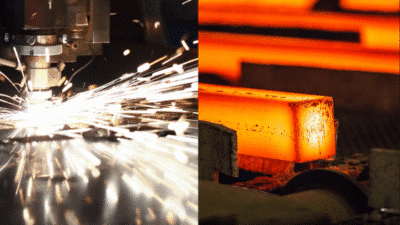Aesthetic photography focuses on creating pictures that are visually pleasing and evoke emotions through careful attention to composition, color, and light. It is about capturing beauty in everyday moments by highlighting shapes, textures, and moods to create a strong visual impact. This style goes beyond just taking a photo; it requires the photographer to develop a personal vision and style.
Many photographers use specific techniques and tools to bring out the aesthetic qualities in their images. They also explore different themes and subjects that fit their artistic approach. Through social media, aesthetic photography has grown popular, inspiring many to look at photography not just as documentation but as an art form.
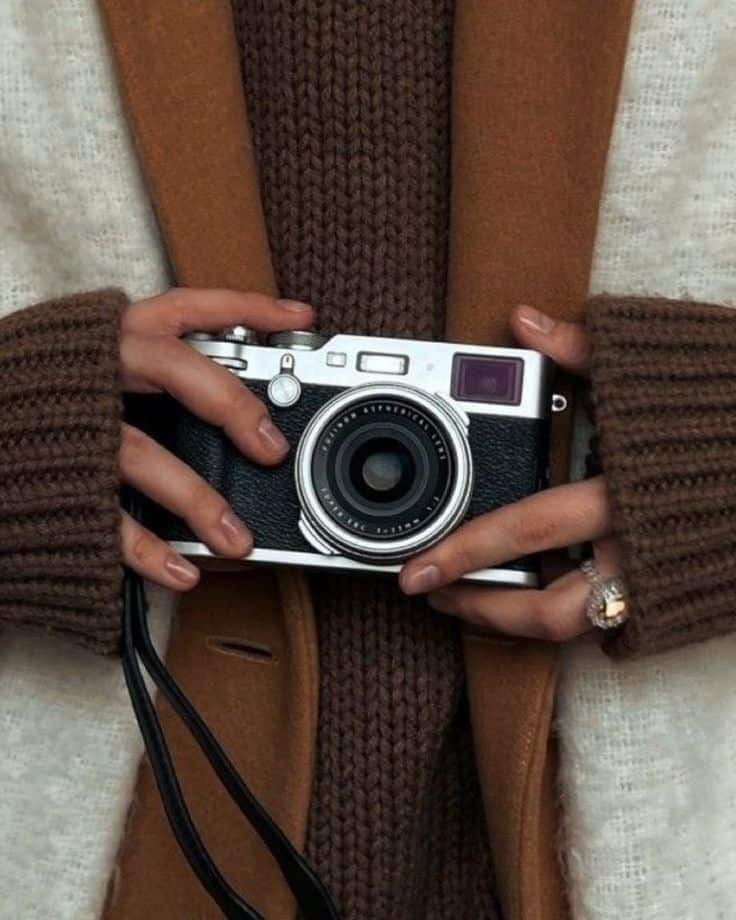
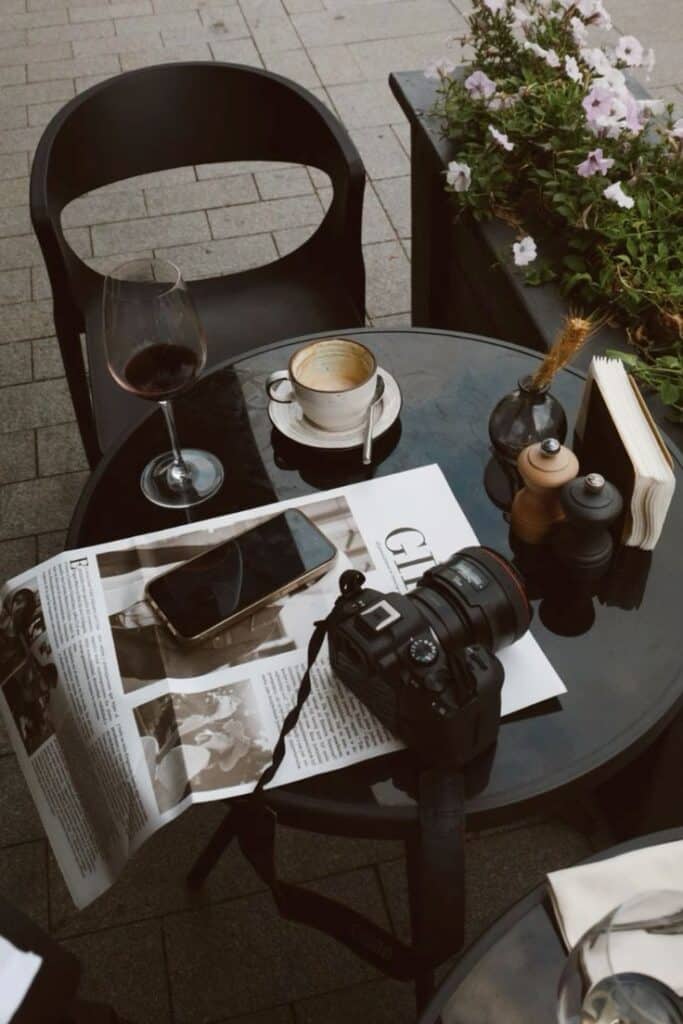
Key Takeways
- Aesthetic photography emphasizes visual beauty and emotional impact.
- Developing a unique style is key to creating striking images.
- Techniques and subject choices shape the mood and appeal of photos.
Understanding Aesthetic Photography
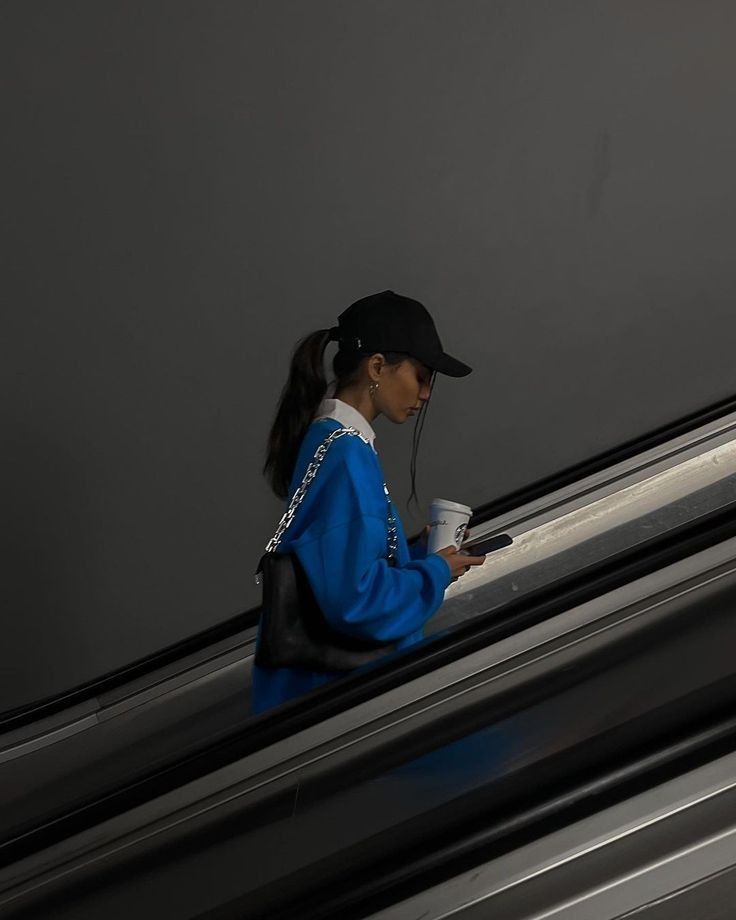
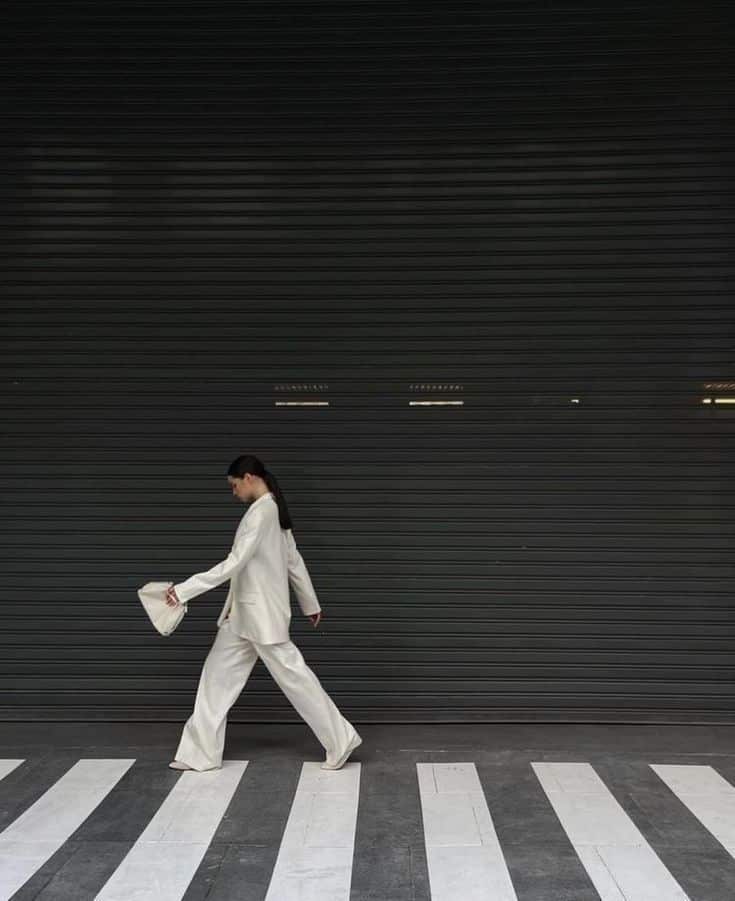
Aesthetic photography focuses on creating images that appeal visually through style, composition, and mood. Its roots and how it differs from other photography forms show why it is valued for artistic expression.
Definition and Core Principles
Aesthetic photography is about capturing beauty in a way that feels pleasing or meaningful. It uses balance, light, color, and texture to create images that attract attention. Photographers choose specific subjects or scenes that evoke feelings or moods.
Key principles include:
- Composition: Organizing elements for harmony.
- Lighting: Using natural or artificial light to enhance details.
- Color Palette: Selecting tones that work well together.
- Focus: Highlighting important parts of the image.
This style often aims to tell a story or express an idea beyond just documenting reality.
History and Evolution
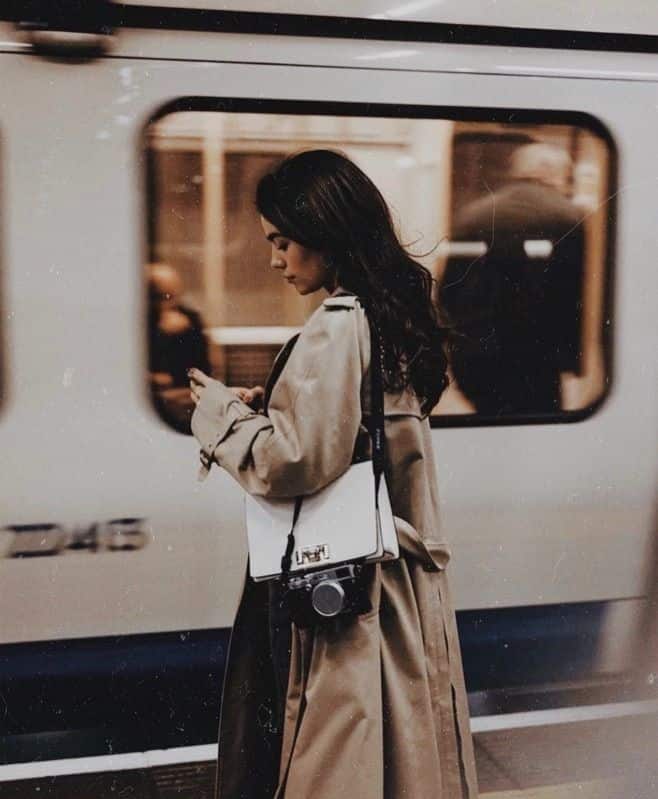
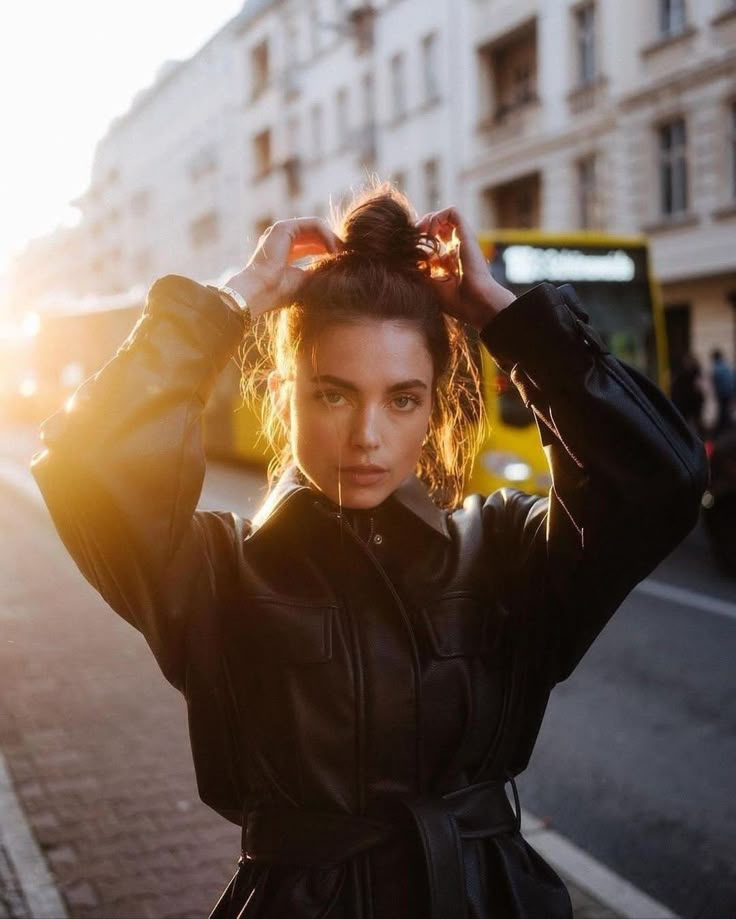
Aesthetic photography began in the early 20th century when artists wanted photos to look more like paintings. Movements like Pictorialism promoted soft focus and artistic techniques. Over time, as technology improved, photographers explored sharper images and diverse styles.
In the 21st century, digital tools allowed more control over editing and composition. Social media helped spread aesthetic photography widely, encouraging trends like minimalism and vintage looks. This evolution shows a blend of traditional art values with modern creativity.
Distinction From Other Photography Styles
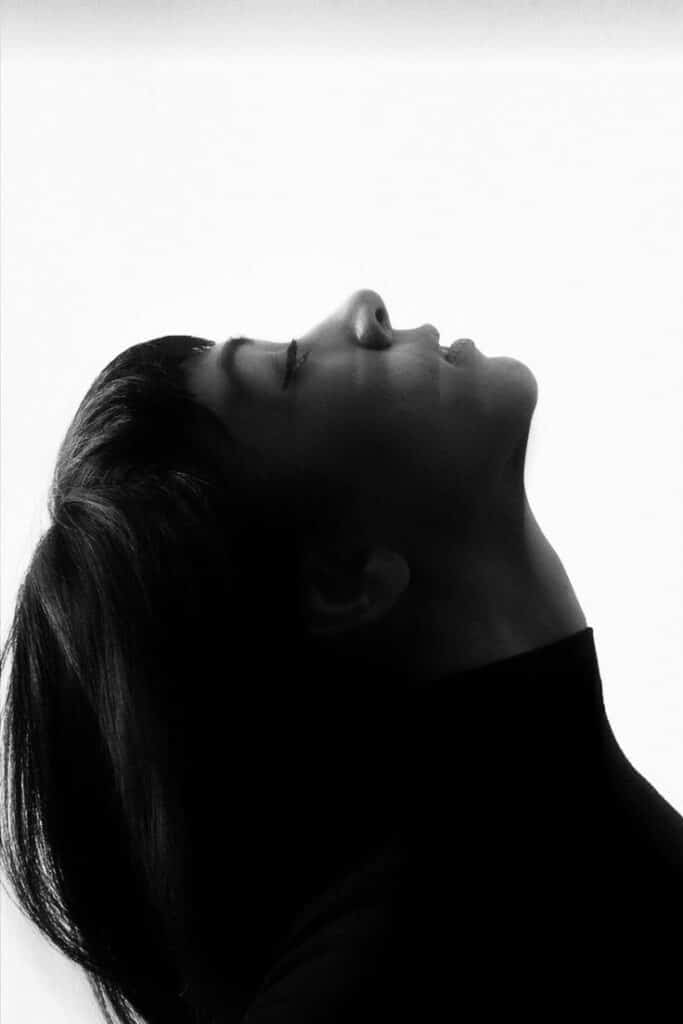
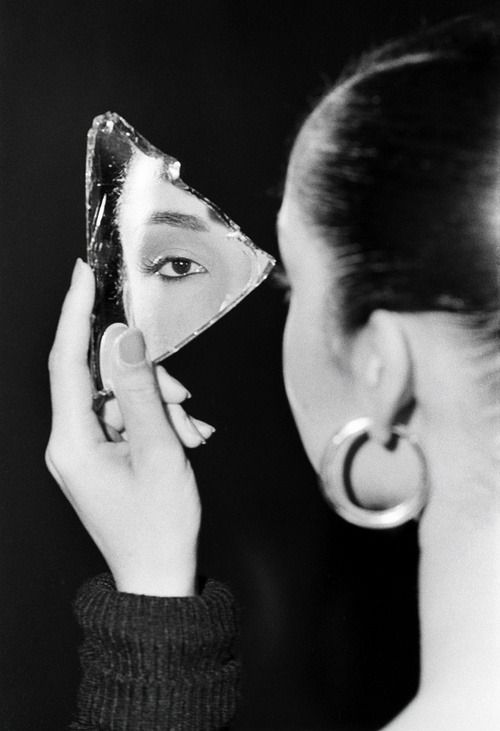
Aesthetic photography differs from photojournalism, which focuses on factual storytelling. It is less about facts and more about mood and visual appeal. Compared to commercial photography, which targets marketing, aesthetic photography prioritizes artistic expression.
Unlike candid or documentary styles, aesthetic photography often involves planning and staging. The goal is to create an image that stands alone as art, not just a record. This means it sometimes sacrifices realism for beauty or emotion.
Key Elements of Aesthetic Photography
Aesthetic photography depends on precise choices in how the photo is arranged, what colors are used, and how light interacts with the subject. The details of texture and depth further create interest and feeling in the final picture.
Composition Techniques
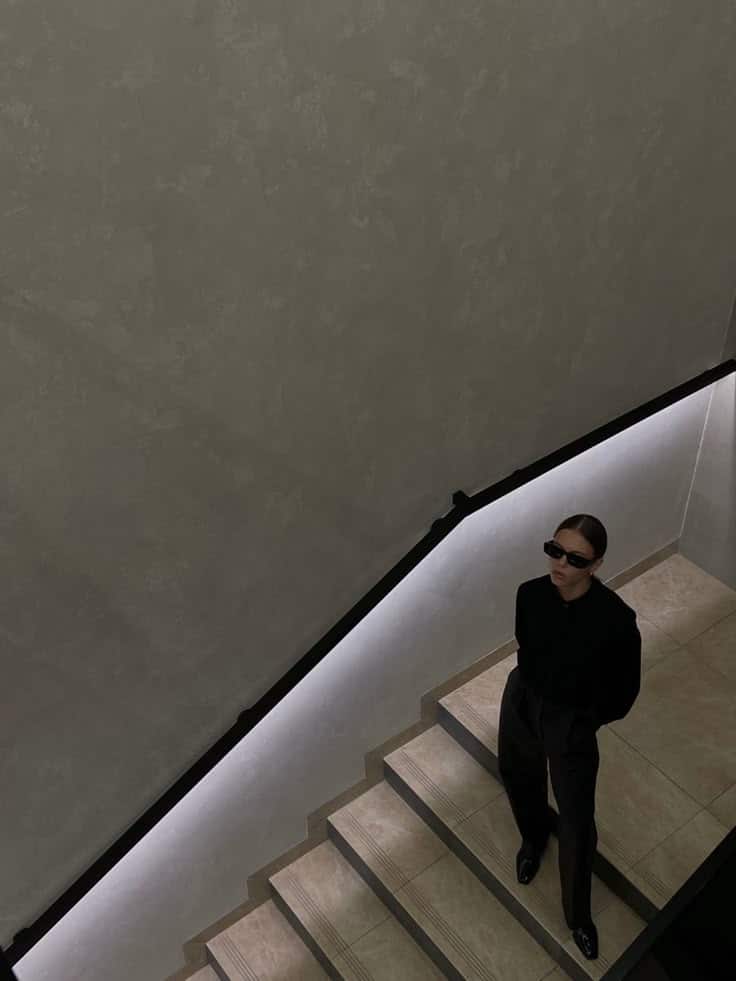
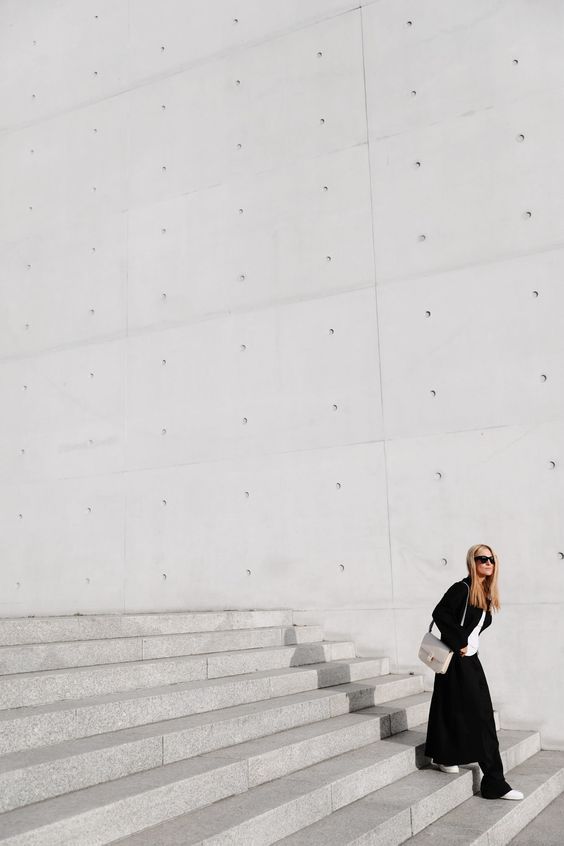
Composition in aesthetic photography involves arranging elements to guide the viewer’s eye. The rule of thirds is common, placing key parts along grid lines or intersections. This keeps the photo balanced and engaging.
Leading lines direct attention to the subject or through the image. These can be roads, shadows, or natural shapes. Symmetry and patterns add a sense of order and calm.
Empty space, or negative space, makes the subject stand out more. It also gives the image breathing room, preventing clutter. Cropping tightly or leaving wide margins changes how the viewer feels about the subject.
Color Theory and Palettes
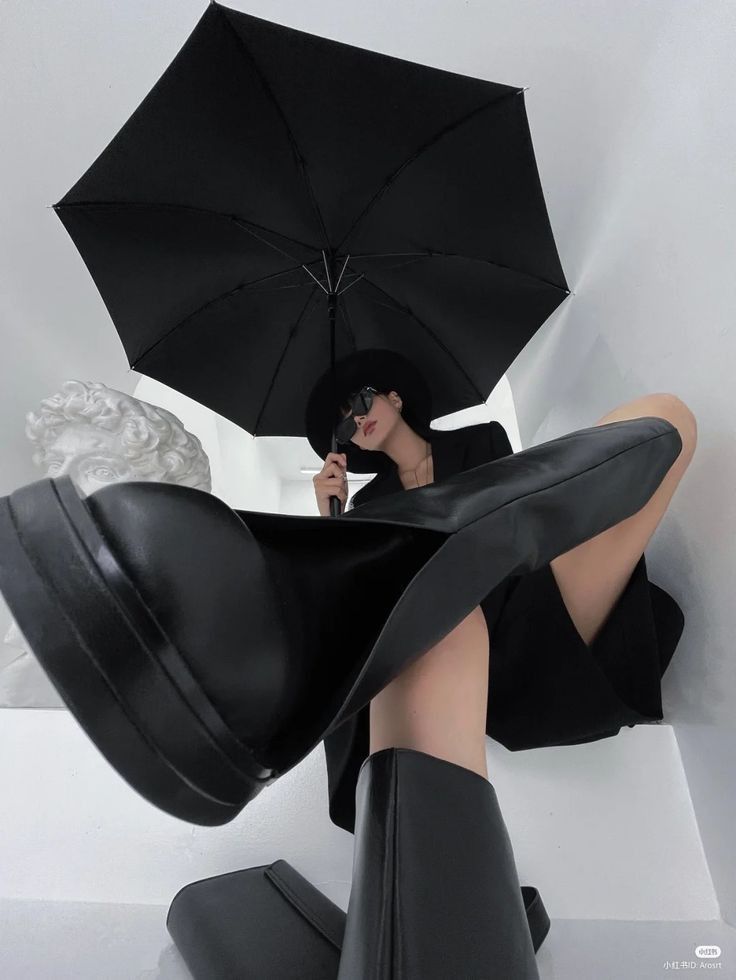
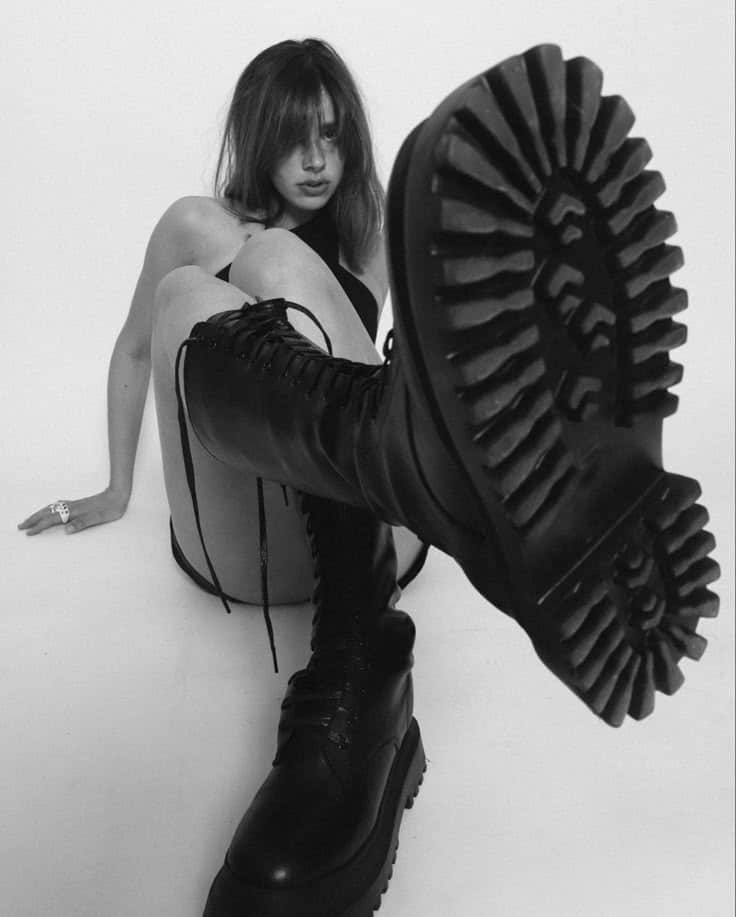
Colors in aesthetic photography set the mood and tone. Complementary colors, like blue and orange, create contrast that draws the eye. Analogous colors, which are next to each other on the color wheel, offer harmony and softness.
Monochrome palettes, using shades of one color, can feel minimalist or moody. Pastels often give a dreamy or gentle look, while bright primary colors bring energy.
Understanding warm versus cool tones helps in matching colors to the photo’s message. For example, warm colors like red suggest excitement or warmth; cool colors like blue feel calm or distant.
Lighting and Mood
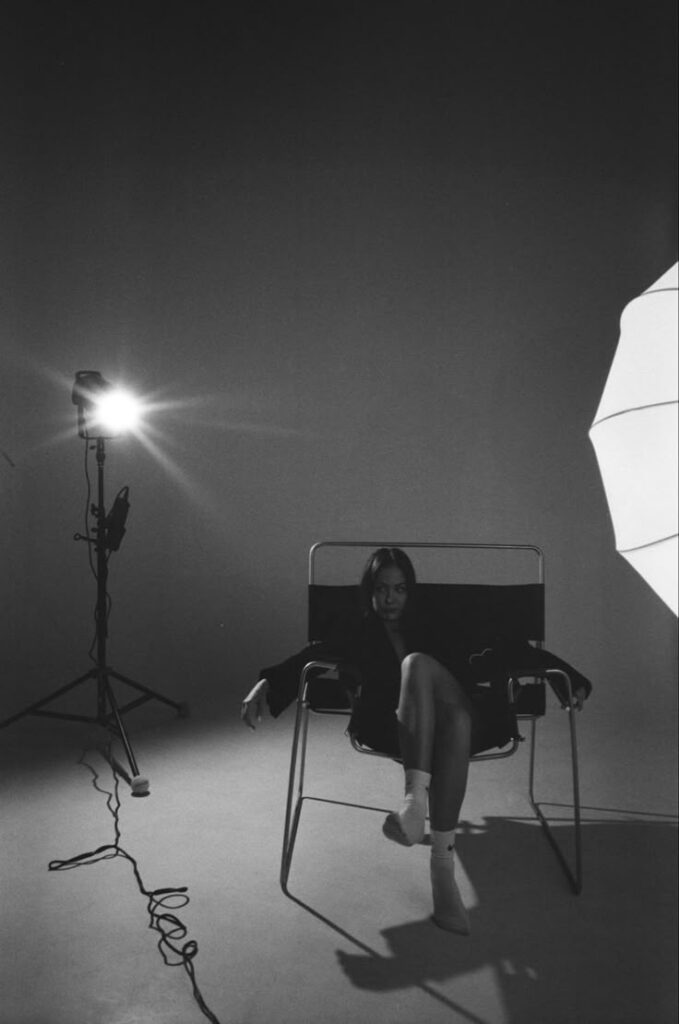
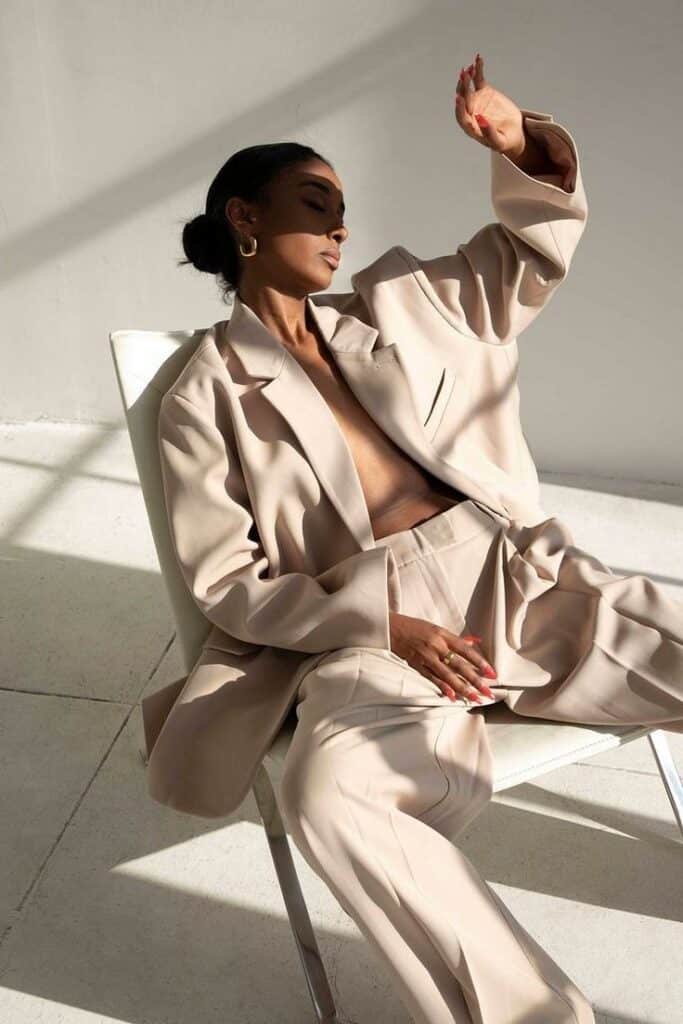
Lighting shapes how the subject appears and influences emotion. Soft, diffused light reduces harsh shadows and creates a smooth, gentle effect. This is common in overcast daylight or through curtains.
Harsh light, like midday sun, produces strong shadows and highlights textures. This can add drama or intensity but may also distract.
Golden hour light, shortly after sunrise or before sunset, provides warm colors and soft shadows. It is highly prized for creating a natural glow.
Directional lighting adds depth and highlights certain parts of the scene. Backlighting can create silhouettes or glowing edges.
Textures and Depth
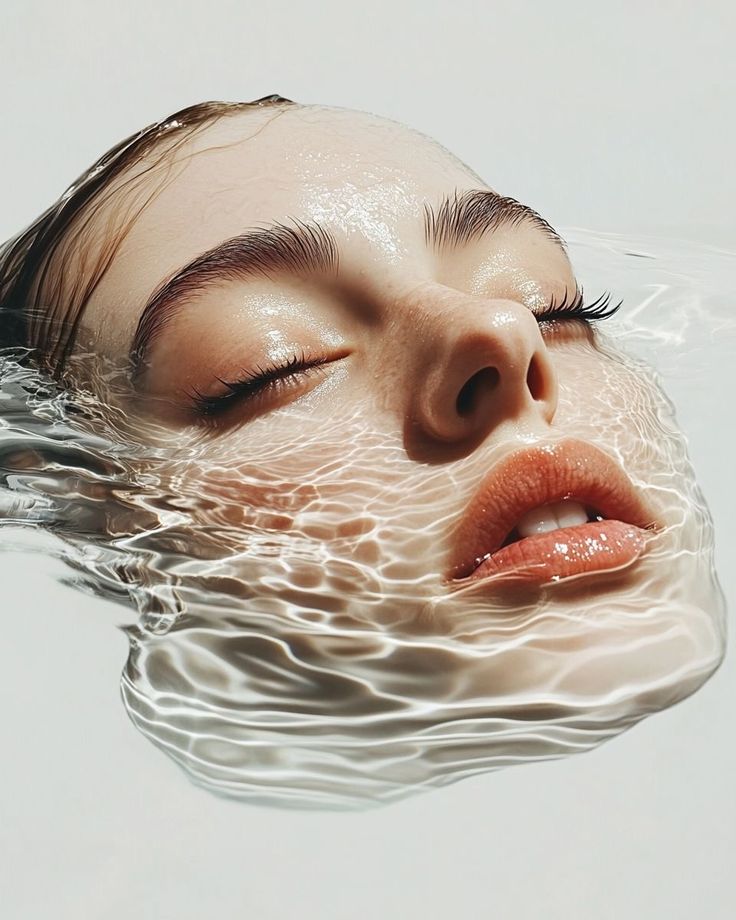
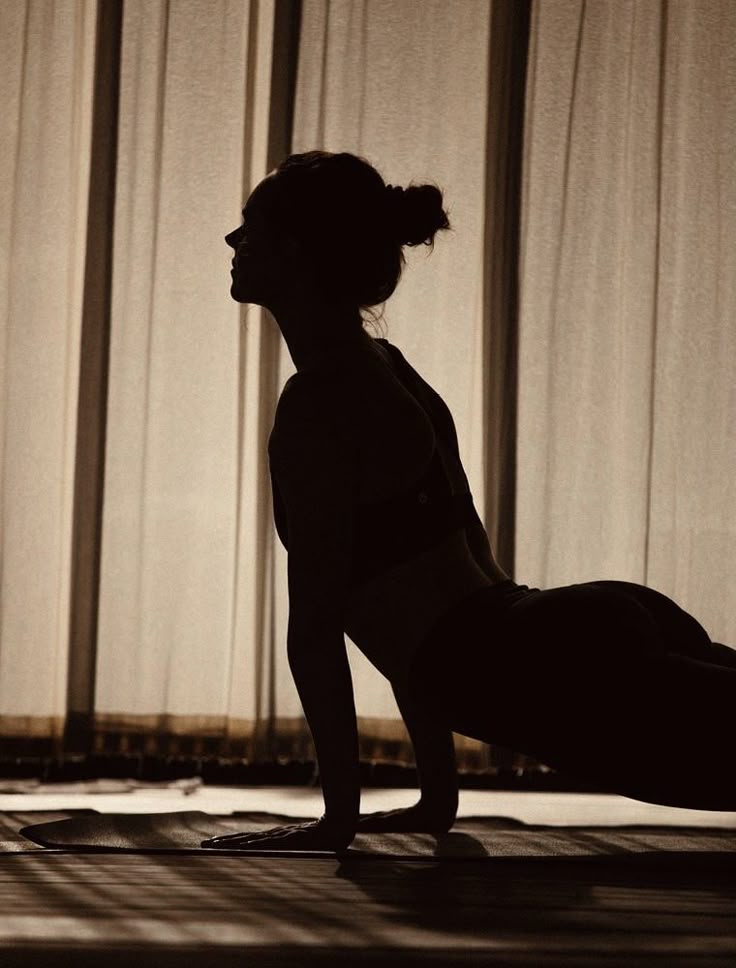
Texture gives photos a tactile feel. Rough surfaces like tree bark or fabric patterns add visual interest. Smooth textures, like glass or water, contrast well with rough ones.
Depth is created by layering objects at different distances. Foreground, middle ground, and background elements help the viewer see space within the image.
Using shallow depth of field blurs the background, keeping attention on the subject and separating it from distractions.
Sharp focus combined with blurred backgrounds or layered textures enhances the image’s three-dimensional feel and makes it more engaging.
Popular Aesthetic Photography Styles
Aesthetic photography often relies on clear visual themes that guide how photos are taken and edited. These themes influence colors, composition, and mood. Some popular styles focus on simplicity, others bring in old-fashioned charm, and some mimic film or movie visuals.
Minimalism
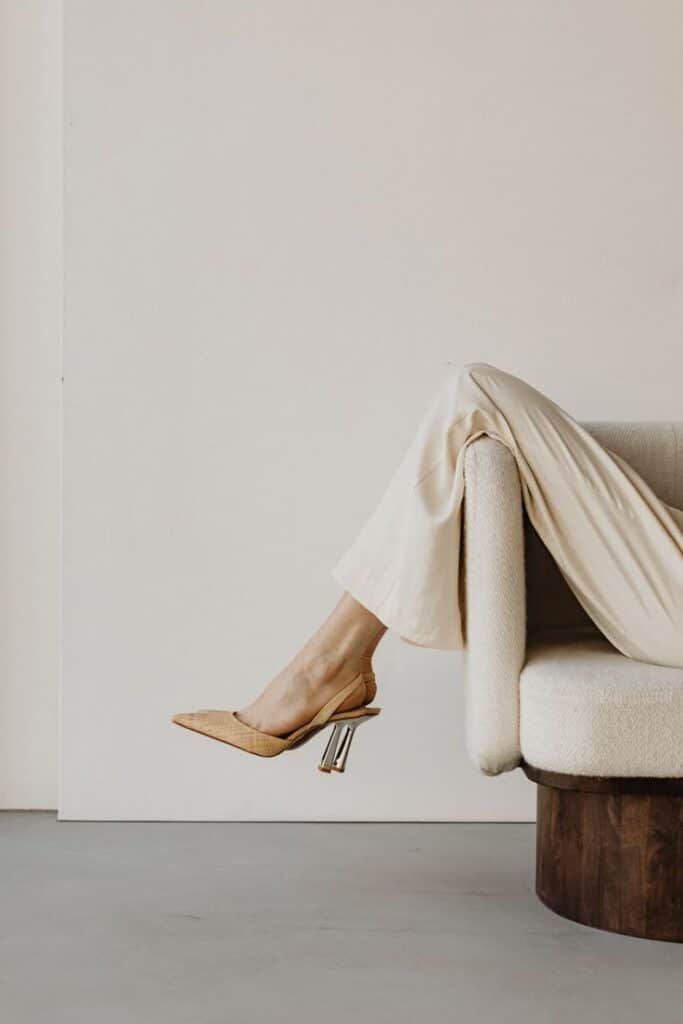
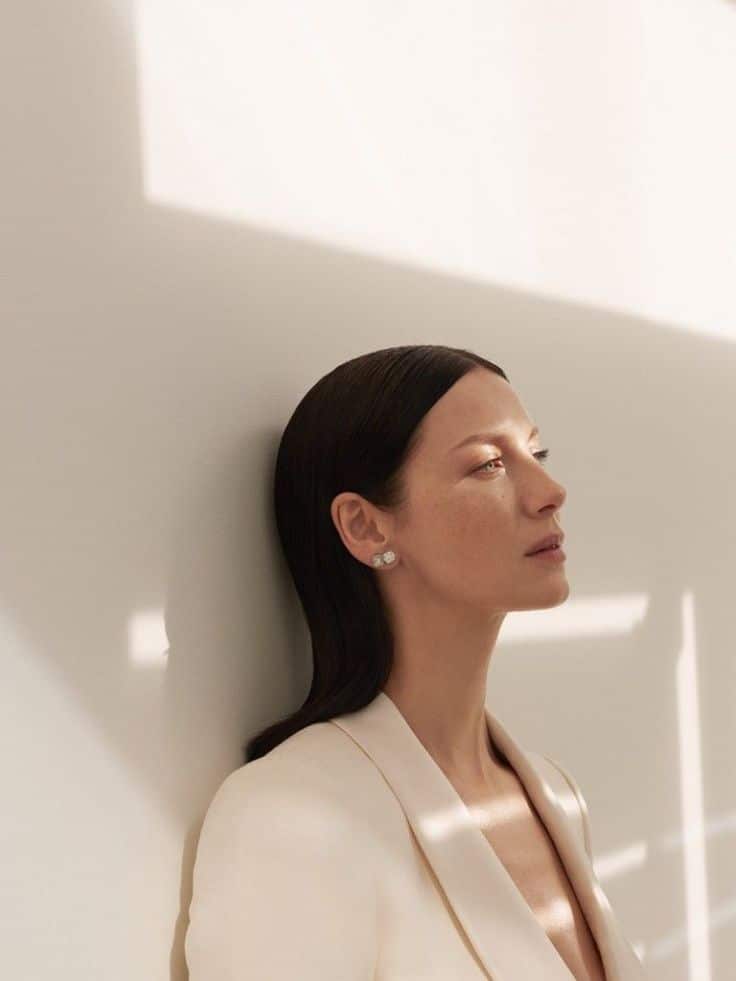
Minimalism focuses on simplicity. It uses few elements and empty space to make the subject stand out. The photos often have clean lines and plain backgrounds.
Colors are usually limited, often with natural or soft tones. Minimalist photos avoid clutter and distractions, aiming for calm and balance.
This style suits portraits, nature, and still life. It highlights the subject clearly, making details more noticeable.
Vintage and Retro Aesthetics
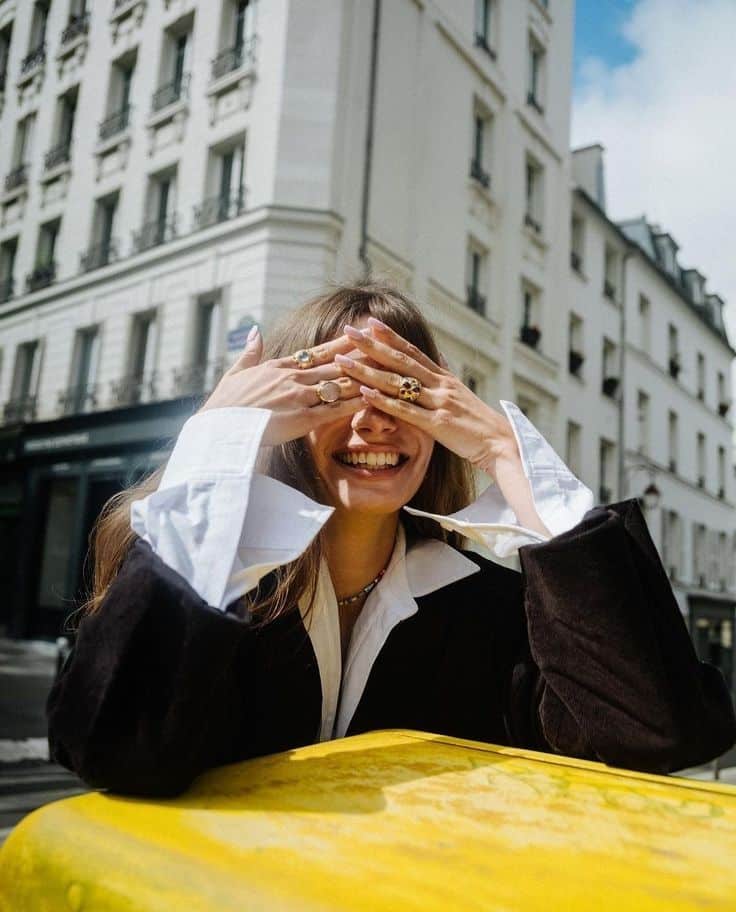
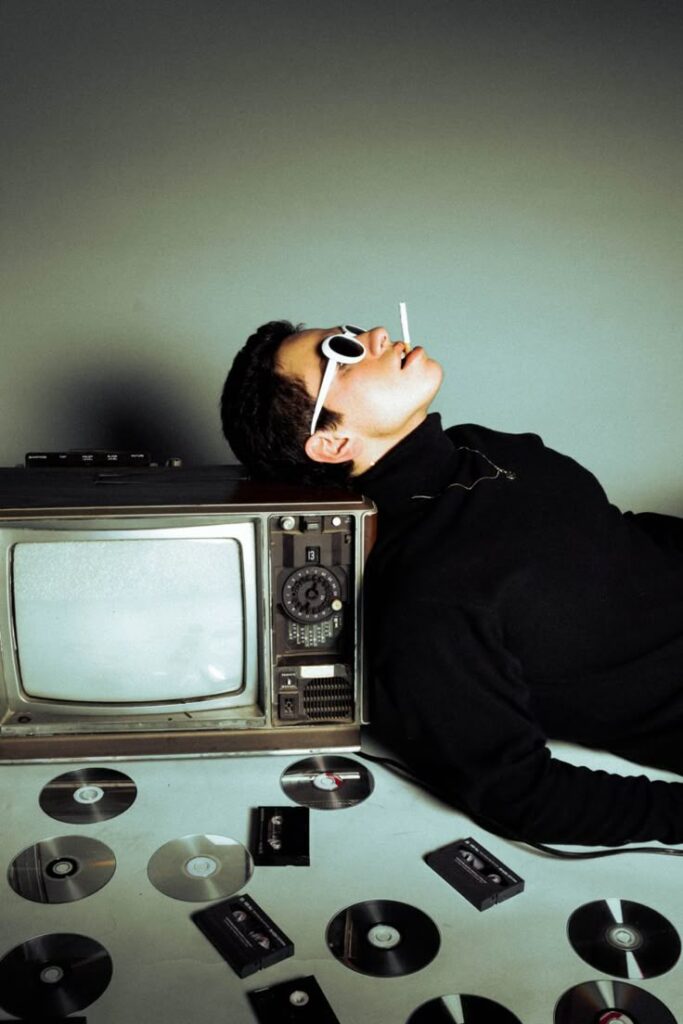
Vintage and retro photography mimic styles from past decades. They use warm tones, faded colors, and grainy textures to create a nostalgic feel.
Typical features include muted colors, sepia filters, and soft lighting. These photos often show old objects, fashion, or environments.
Editing tools mimic film cameras or old photo prints. This style connects viewers to a specific time period or mood.
Cinematic Looks
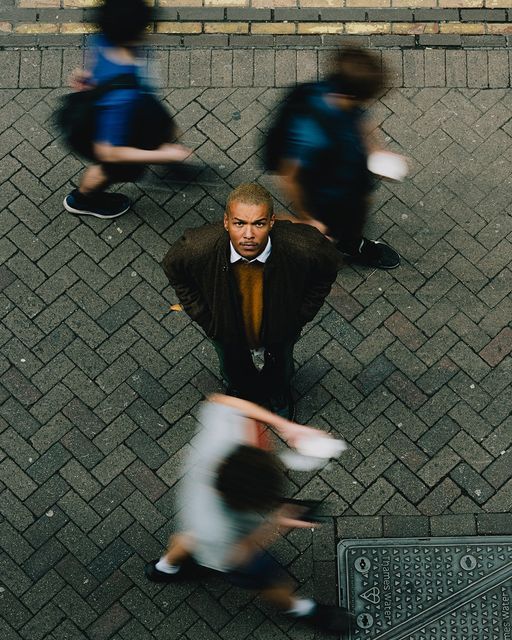
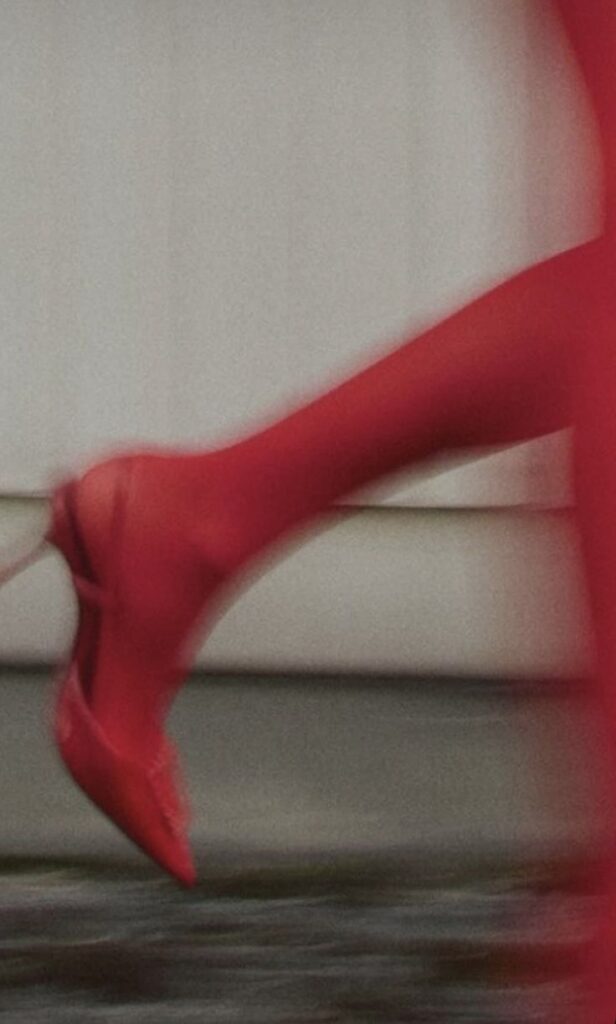
Cinematic photography copies the style of movies. It often uses wide angles, dramatic lighting, and deep shadows.
Colors can be rich or muted, depending on the story. The composition is carefully planned to tell a story with each image.
Photos may look like scenes from a film, with a strong atmosphere and clear mood. This style suits action shots, portraits, and landscapes.
Developing an Aesthetic Vision


Creating a strong aesthetic vision means knowing what inspires you, organizing your work clearly, and showing your unique way of seeing the world. These steps help a photographer develop a look that is both consistent and personal.
Finding Inspiration
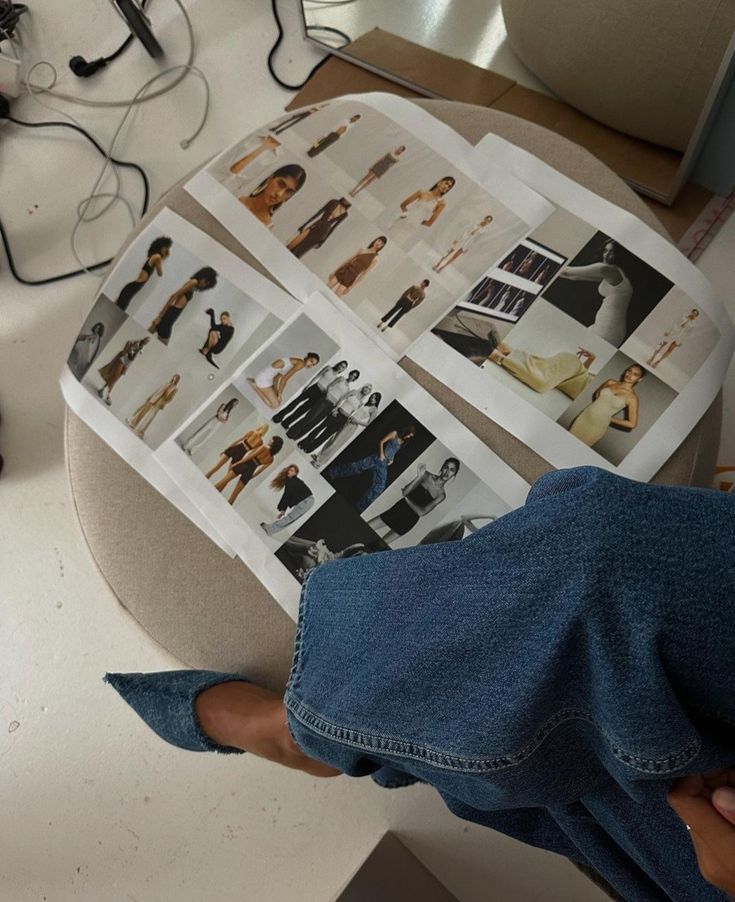

A photographer can find inspiration in many places: nature, art, daily life, or other photographers. Paying attention to colors, shapes, and light can spark new ideas.
They often study artists whose work they admire. This helps them see different styles and techniques. Inspiration also comes from experimenting and trying new things with the camera.
Keeping a journal or a photo collection of ideas helps track what appeals most. This way, they can return to these ideas when planning shoots or editing photos.
Building a Cohesive Portfolio
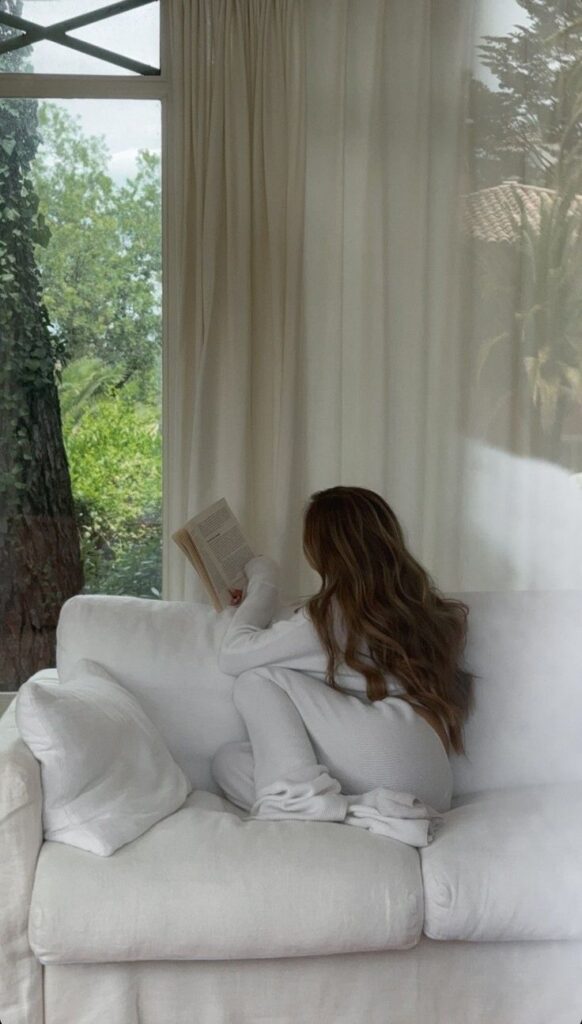
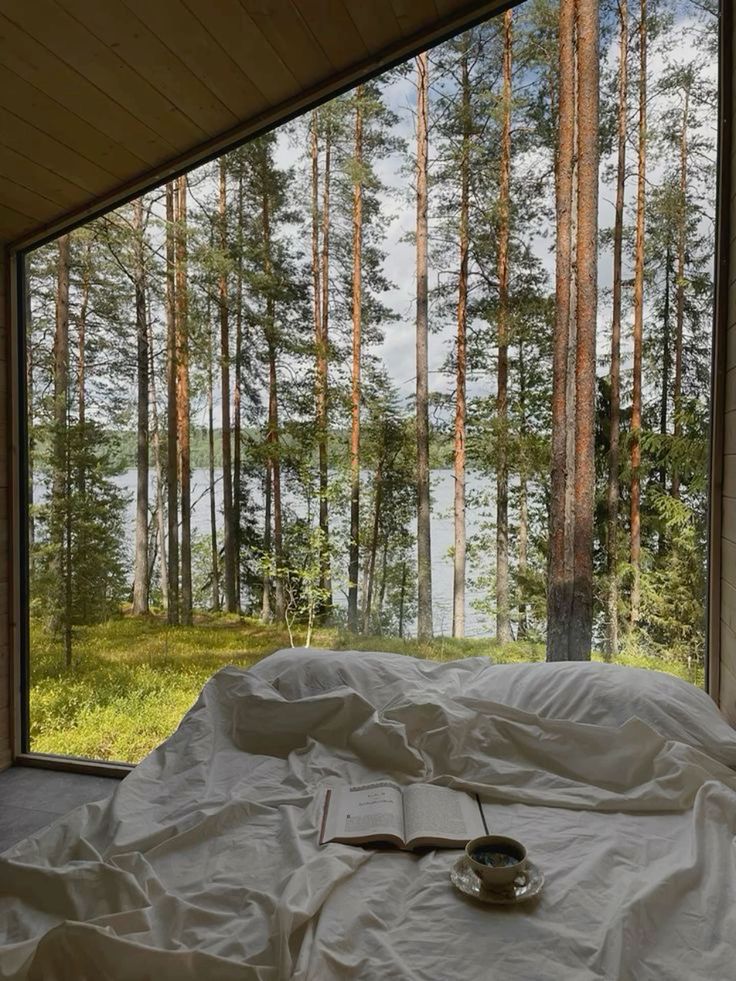
A well-organized portfolio shows a clear style and theme. It should include photos that work well together, not random shots.
Photographers pick images with similar tones, moods, or subjects. They often edit photos to keep colors and lighting consistent. This makes the portfolio feel unified.
Consistency helps viewers understand the photographer’s vision. It also makes the work look professional. Some photographers group photos by theme, like nature or urban scenes, to strengthen the message.
Expressing Personal Style
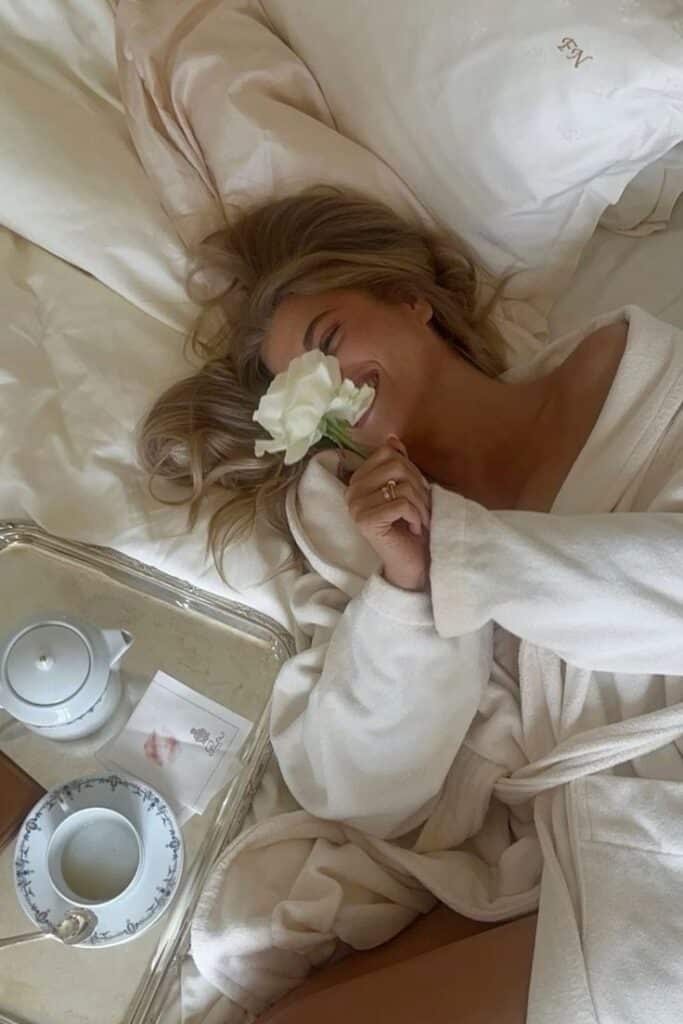
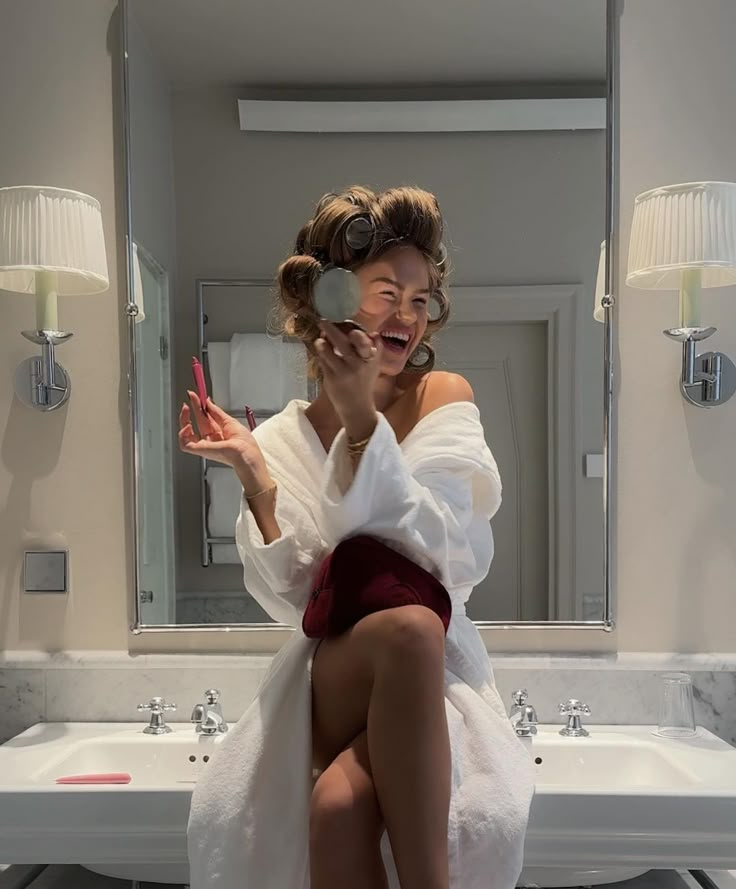
Personal style is what makes a photographer’s work unique. It can come from the way they use light, their choice of subjects, or how they edit images.
They develop style by practicing regularly and learning what feels natural. Over time, certain patterns and preferences appear in their photos.
Personal style grows by mixing inspiration with the photographer’s own ideas. It is important to stay true to what feels authentic rather than copying others exactly. This helps the work stand out.
Techniques and Tools for Aesthetic Photography
Aesthetic photography relies on the right settings, editing techniques, and thoughtful use of props and backgrounds. Each factor shapes how the photo feels and captures attention.
Camera Settings and Lenses
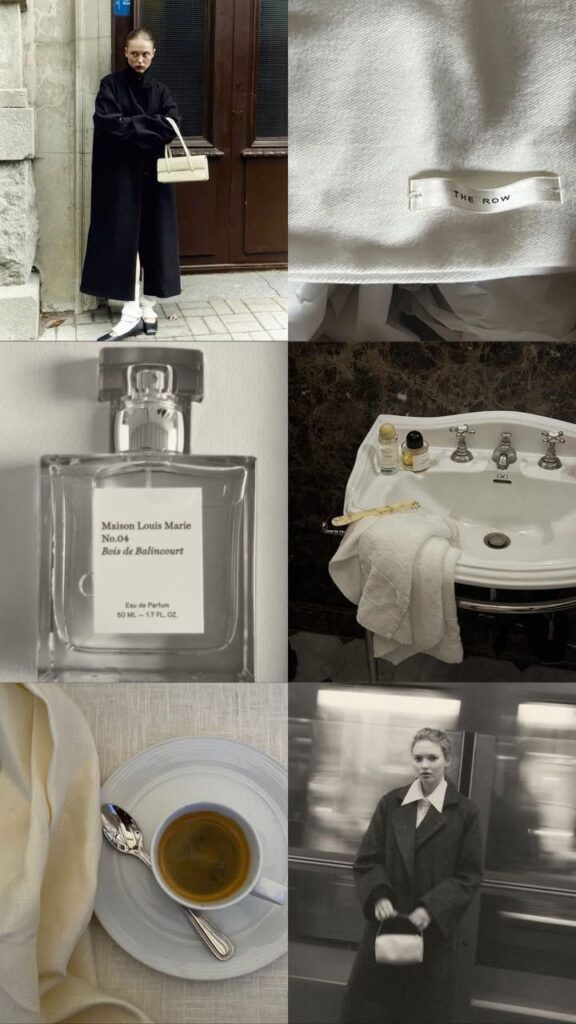
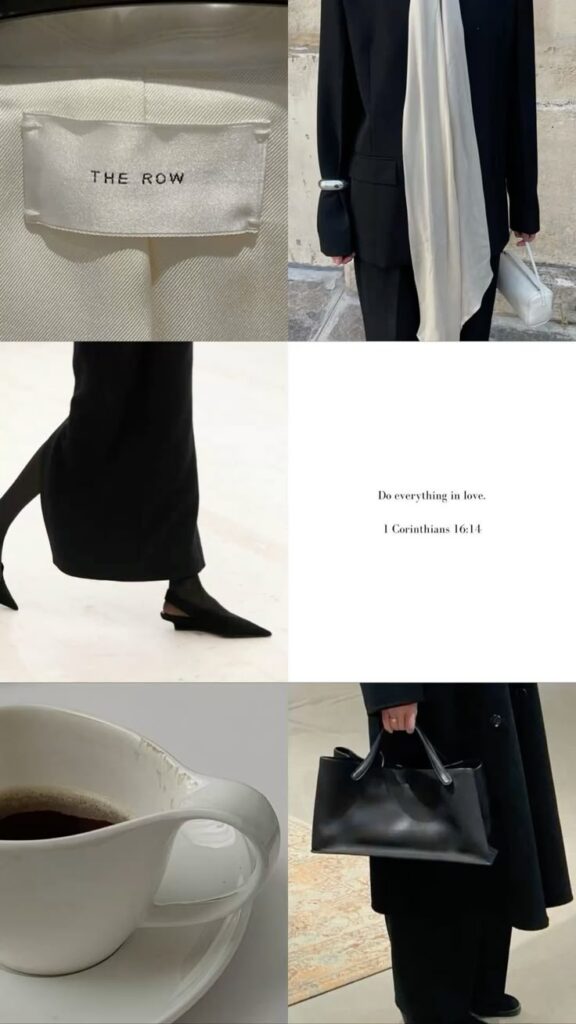
Choosing the correct camera settings is essential. A wide aperture (like f/1.8 to f/2.8) helps create a soft background blur called bokeh, making the subject stand out.
ISO should be kept low (100-400) to avoid grainy photos. Shutter speed depends on the light and motion but usually stays fast enough to prevent blurs in still subjects.
Lens choice impacts style. Prime lenses offer sharp images and wide apertures. A 50mm lens is popular for portraits and close-ups. Wide-angle lenses work well for scenes with depth and space.
Post-Processing and Editing
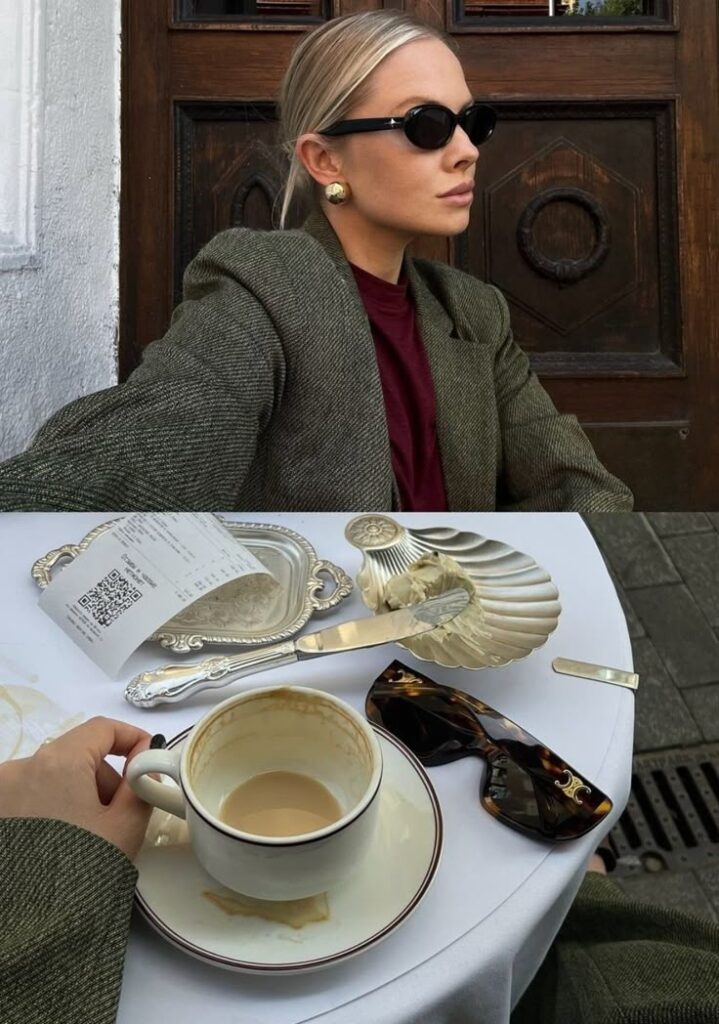
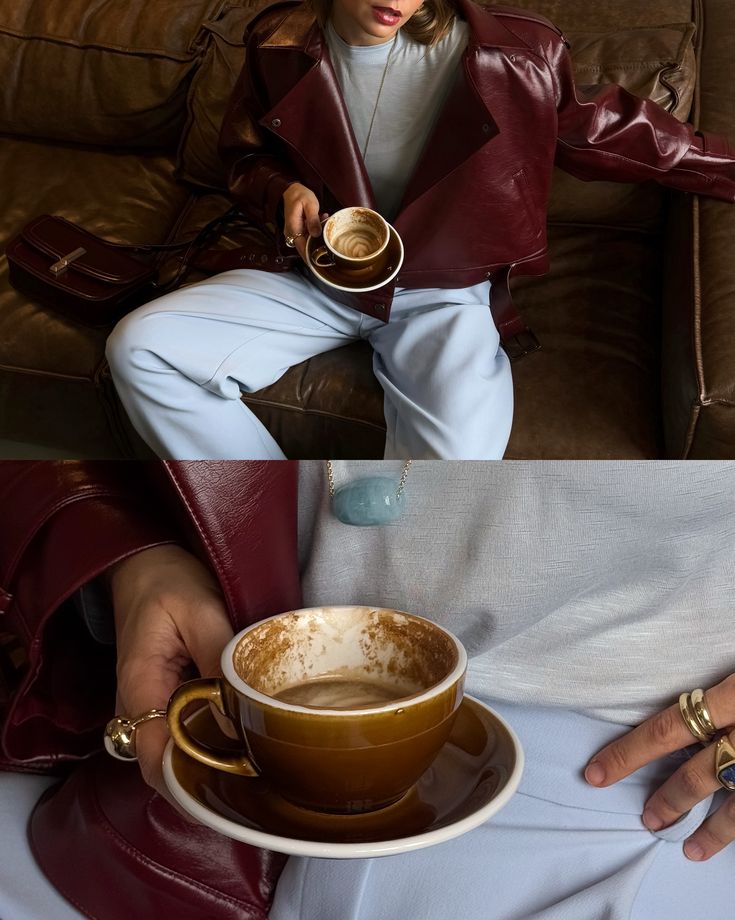
Editing enhances the mood and tone of aesthetic photos. Common adjustments include brightness, contrast, and saturation, which can change how colors and details show.
Tools like Adobe Lightroom or Snapseed allow users to fine-tune shadows and highlights. Adding a slight warm or cool tint can make images feel cozy or crisp.
Cropping is also important to focus on the subject or improve composition. Over-editing can ruin natural looks, so subtle changes usually work best.
Use of Props and Backdrops
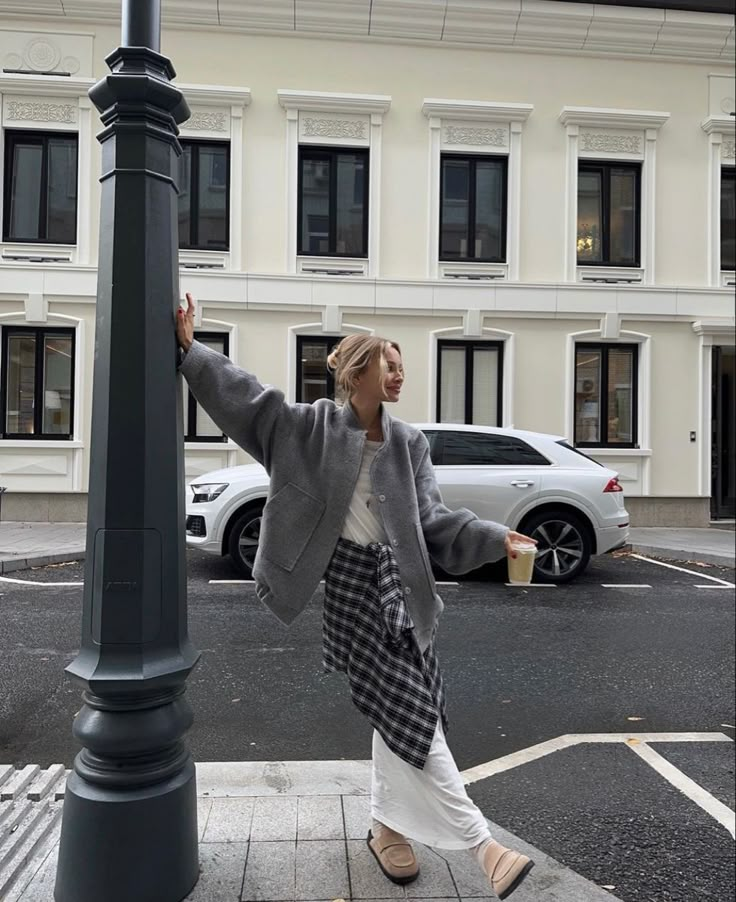
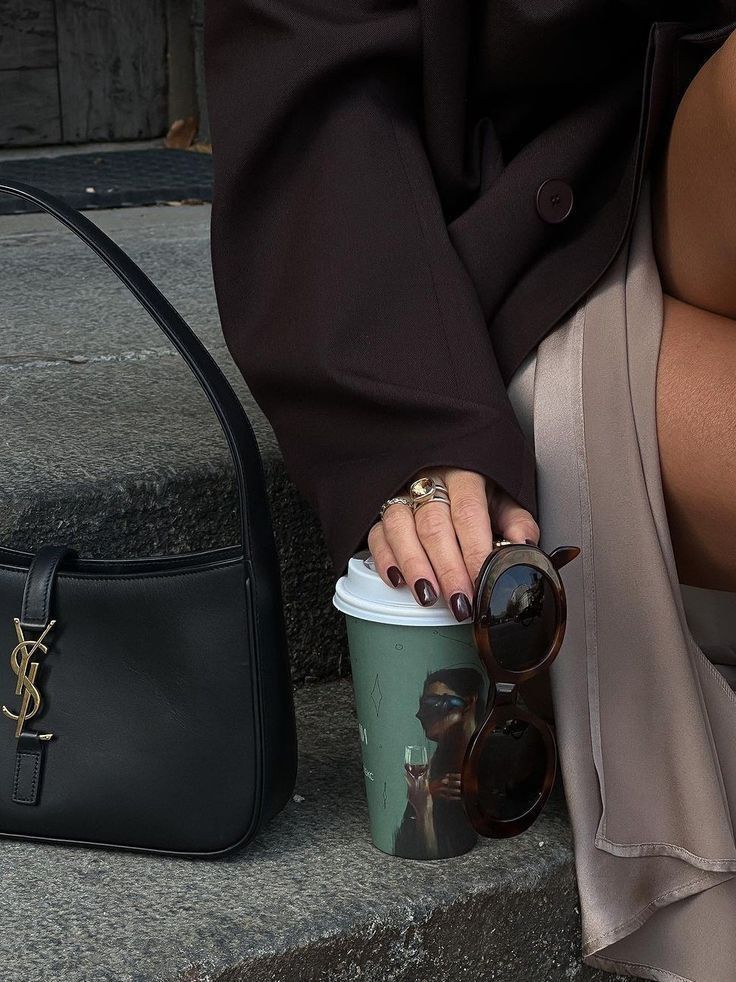
Props add personality and context. Items like flowers, books, or vintage objects often create a nostalgic or calm atmosphere.
Backdrops should be simple and match the photo’s theme. Solid colors, textured walls, or natural settings like parks are popular choices.
Lighting on props and backdrops must be balanced to avoid harsh shadows or overexposure. Natural light often works well for soft and even illumination.
Subject Matter in Aesthetic Photography
Aesthetic photography often focuses on subjects that offer strong visual appeal, texture, and form. The choice of subject plays a key role in defining the mood and style of the image. Each type of subject brings its own unique elements to the frame.
Portraits
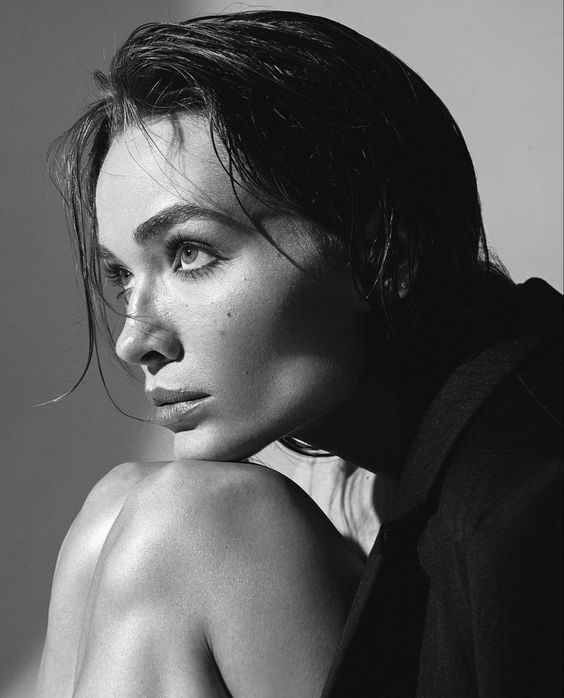
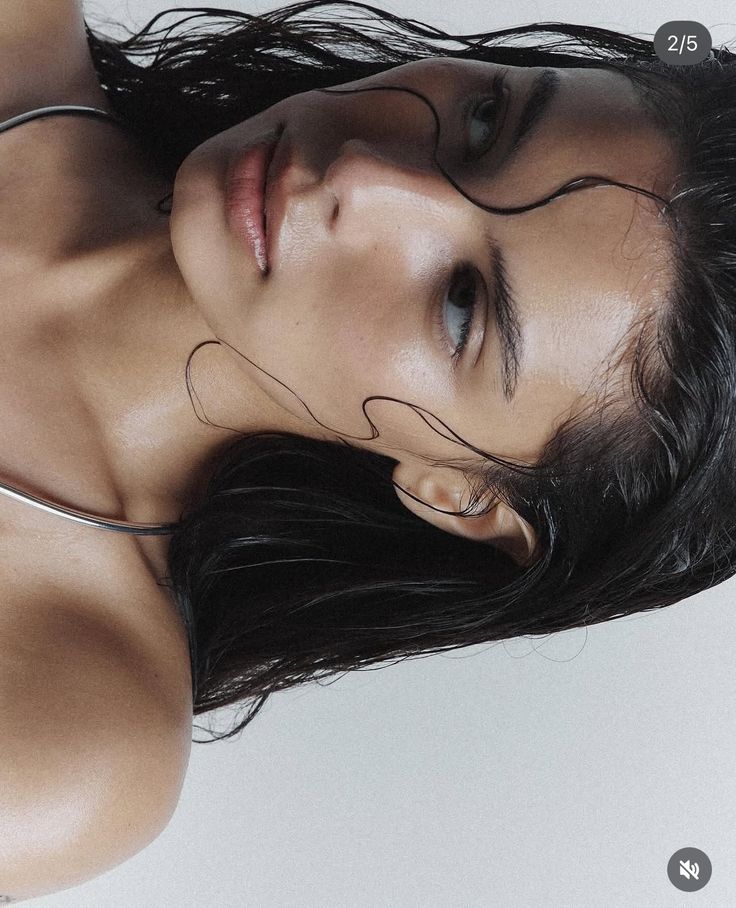
Portraits in aesthetic photography emphasize more than just a face. Photographers pay close attention to lighting, skin tone, expression, and background to create a mood or tell a story. The goal is to capture beauty in natural or styled ways.
Details like soft shadows, smooth skin textures, and meaningful eye contact often make the image feel personal. The use of color or black and white can change the emotional impact. Posing, clothing, and minimal distractions help keep the focus on the subject’s features.
Still Life
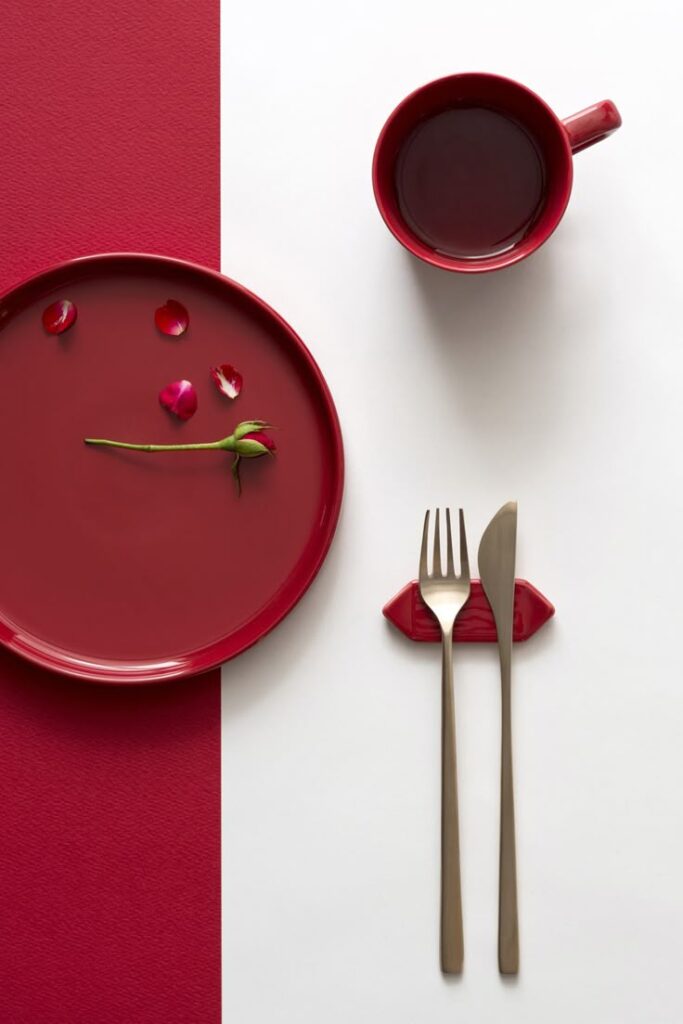

Still life photography arranges objects to highlight shapes, colors, and textures. Common subjects include flowers, fruits, or everyday items set against clean or artistically chosen backgrounds. This type allows complete control over composition and lighting.
Careful positioning creates interesting patterns and contrasts. Light is often soft, coming from one direction to bring out depth and shadow. The photographer looks for harmony in the arrangement, making simple objects visually striking through detail and balance.
Nature and Landscapes
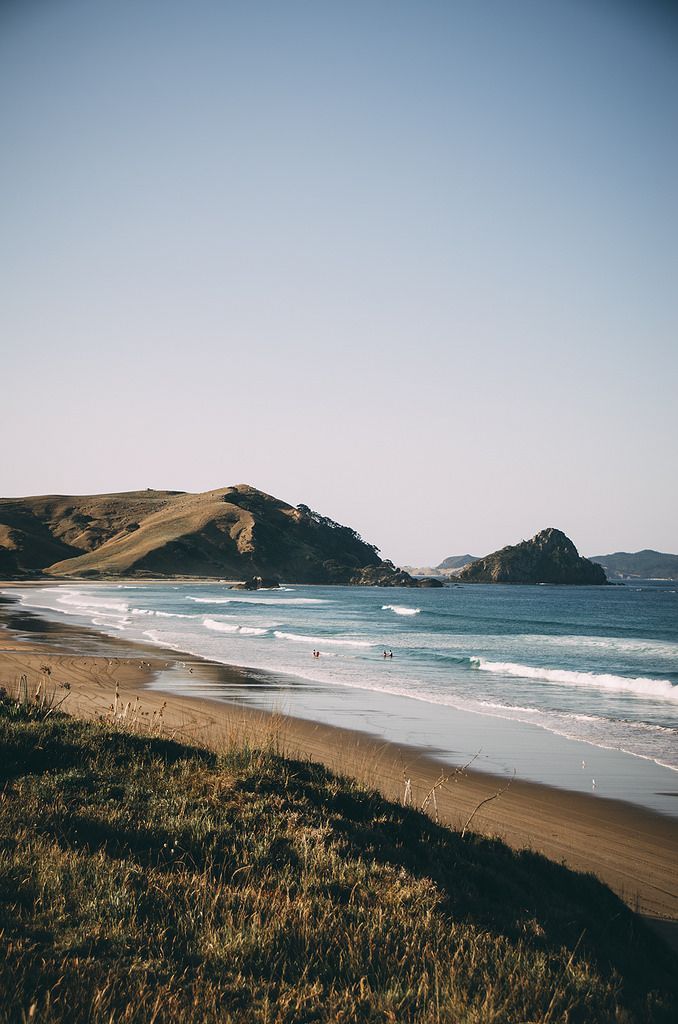

Nature and landscape photos focus on natural beauty, from vast skies to close-up plants. Aesthetic photography here captures both grand scenes and delicate textures. Timing is important—early morning or late afternoon light often produces the best results.
Photographers aim for sharp detail and vibrant color while avoiding clutter. The subject might be a single tree, rolling hills, or a quiet lake. Composition techniques like the rule of thirds and leading lines guide the viewer’s eye through the image.
Urban and Architecture
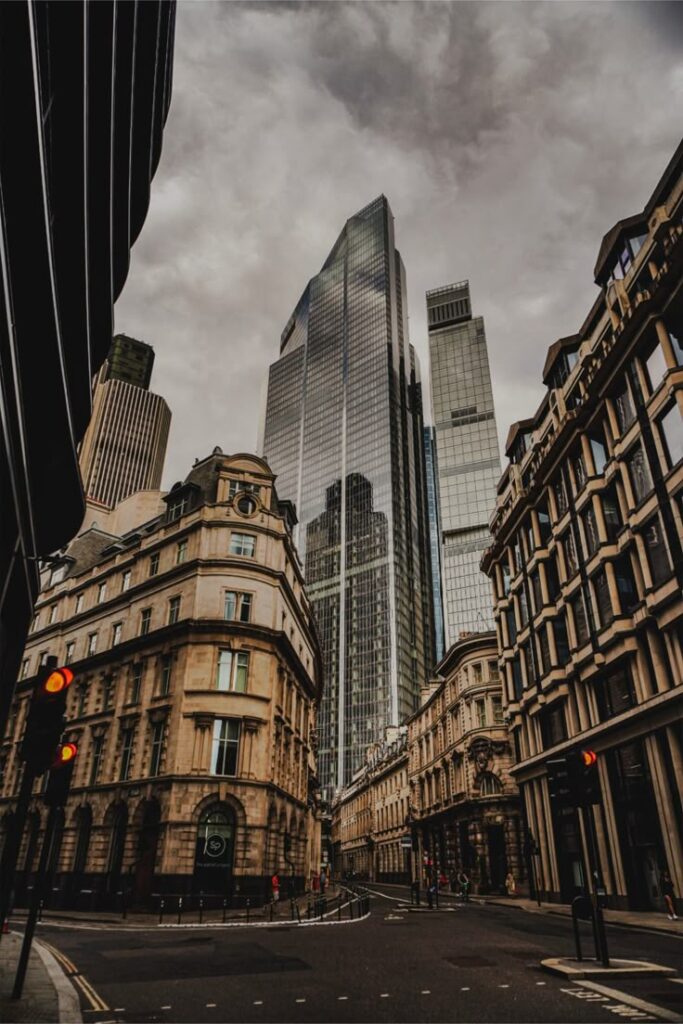
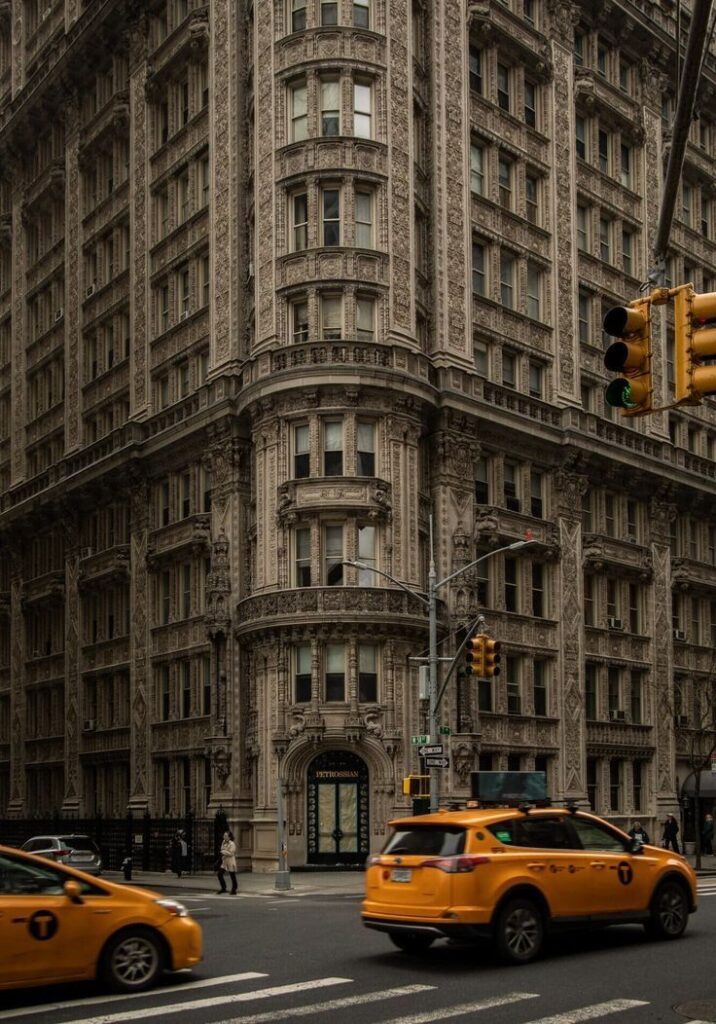
Urban and architecture photography finds beauty in man-made environments. It highlights shapes, lines, and patterns in buildings, streets, and cityscapes. Light and shadow emphasize structure, and reflections add depth.
Shooting angles are carefully chosen to enhance symmetry or reveal details. Textures like brick, glass, and metal contrast with the natural environment. The photographer looks for moments when the built environment seems calm, empty, or dramatically lit.
Social Media and Aesthetic Photography
Social media shapes how photographers share and build their style. Platforms influence what kinds of images get noticed and how creators connect with audiences.
Instagram Trends


Instagram is a top platform for aesthetic photography. Users often follow specific trends like pastel color palettes, minimalism, or vintage filters. These trends guide the type of photos people post and like.
Using hashtags related to these trends helps photographers reach others interested in similar styles. Features like reels and stories allow them to showcase behind-the-scenes work or quick edits, increasing engagement.
Many photographers update their feeds regularly to maintain followers and appear in searches. Consistent posting, often daily or several times a week, keeps their profile active and visible.
Creating a Visual Identity Online


A strong visual identity means a photographer’s work looks consistent across posts. This can include using the same colors, lighting, or editing techniques. A clear style helps viewers remember and recognize the photographer.
Some use grids or themes that line up photos by color or subject. Others stick to one editing app for uniform results. Creating a mood or story with photos builds a connection with the audience.
Consistency also applies to captions and interactions. A matching tone in writing and replies creates a professional yet approachable online presence. This helps turn casual viewers into loyal followers.
Ethics and Cultural Influences in Aesthetic Photography
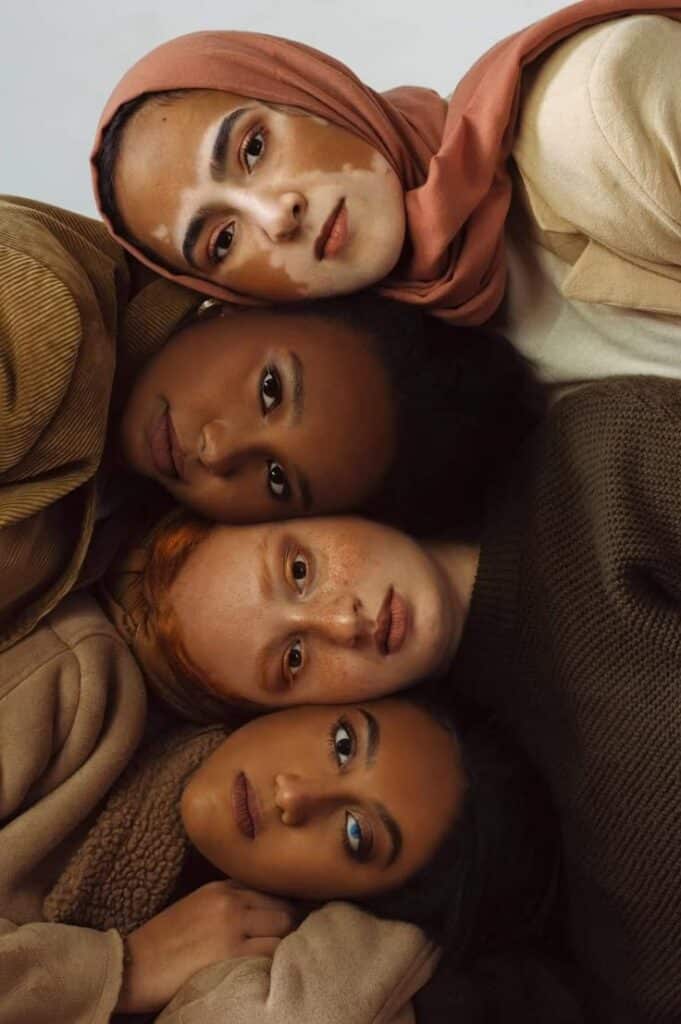
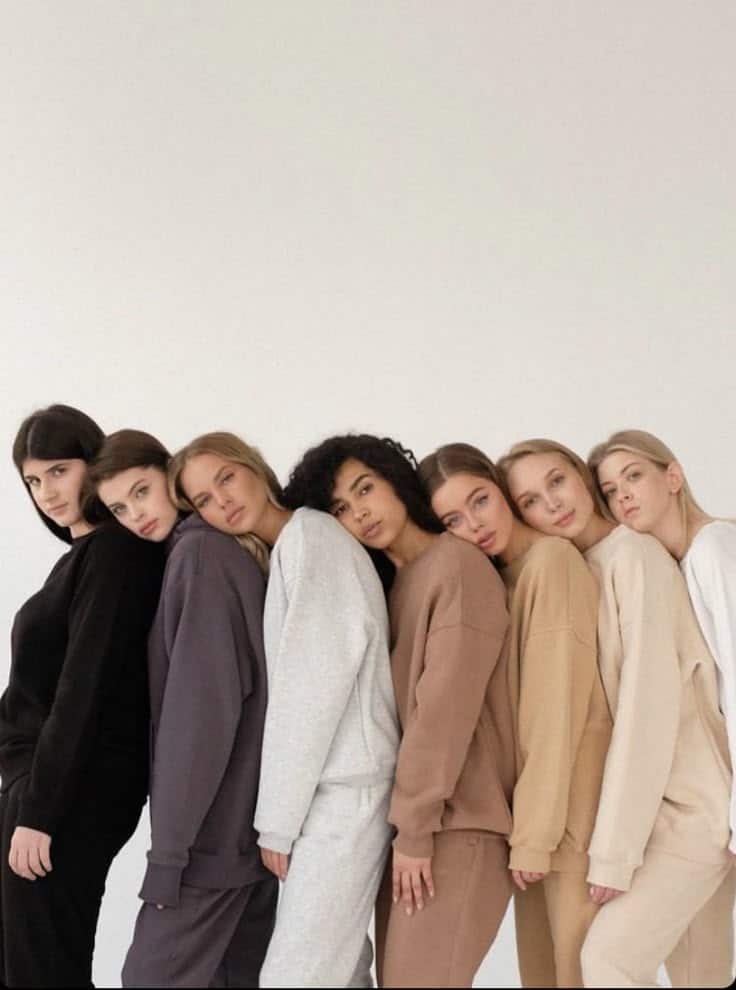
Aesthetic photography often reflects personal and cultural values. Photographers must respect the culture and people they portray. Failing to do so can lead to misrepresentation and disrespect.
Photographers should ask for permission before taking or sharing images of individuals. This practice protects privacy and shows respect. It is important in cultures where photography might be sensitive.
Cultural symbols and traditions can influence the style and meaning of aesthetic photos. Understanding the context helps avoid cultural appropriation, which happens when cultural elements are used without permission or understanding.
| Ethical Practice | Reason |
|---|---|
| Seek consent | Protect privacy and dignity |
| Respect cultural symbols | Avoid misrepresentation |
| Credit sources or models | Recognize contributions |
| Avoid staging sensitive scenes | Maintain authenticity |
Ethics guide photographers to create work that is honest and respectful. They help maintain trust between artists and their subjects or audiences. Cultural sensitivity also enriches the meaning of aesthetic photography.
Emerging Trends in Aesthetic Photography
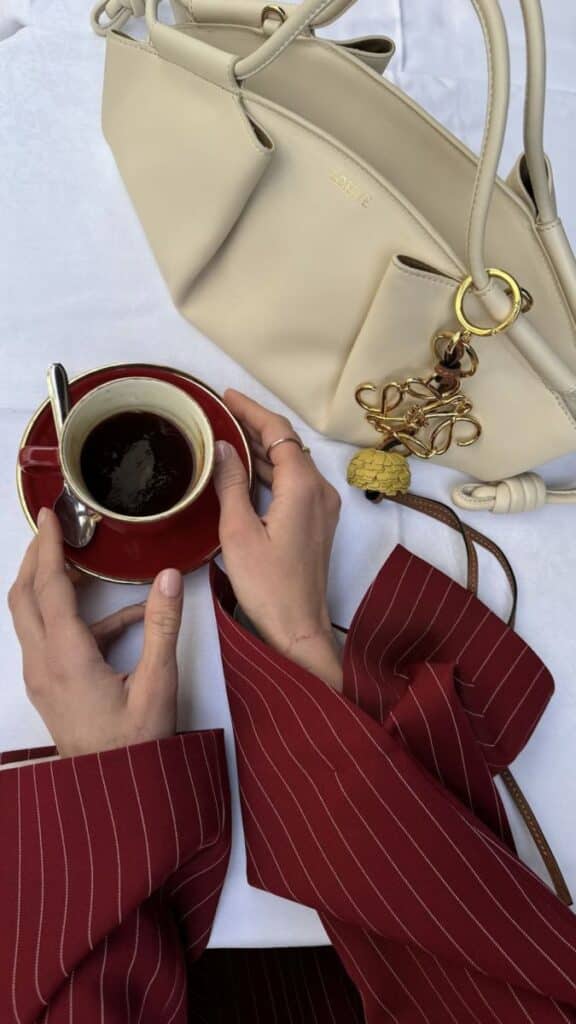

A growing trend in aesthetic photography is the use of minimalism. Photographers focus on simple compositions and clean lines, which create a calm and balanced look. This style often uses negative space to highlight the subject.
Another popular trend is the rise of vintage and retro filters. These give photos a nostalgic feel by mimicking old film styles. It adds character and warmth to images without heavy editing.
Natural light photography is becoming more common. Photographers prefer soft, natural light instead of artificial lighting. It helps create more authentic and appealing photos.
Some photographers experiment with mixed media, combining photography with drawing or digital art. This creates unique images that blend different artistic styles.
| Trend | Description | Effect |
|---|---|---|
| Minimalism | Simple, clean compositions | Calm, focused images |
| Vintage Filters | Use of old film-like colors | Nostalgic, warm feel |
| Natural Light | Using sunlight or ambient light | Realistic, soft photos |
| Mixed Media | Combining photos with art | Creative, unique visuals |
These trends show how aesthetic photography is evolving while still focusing on beauty and style.
- 409shares
- Facebook0
- Pinterest409
- Twitter0

